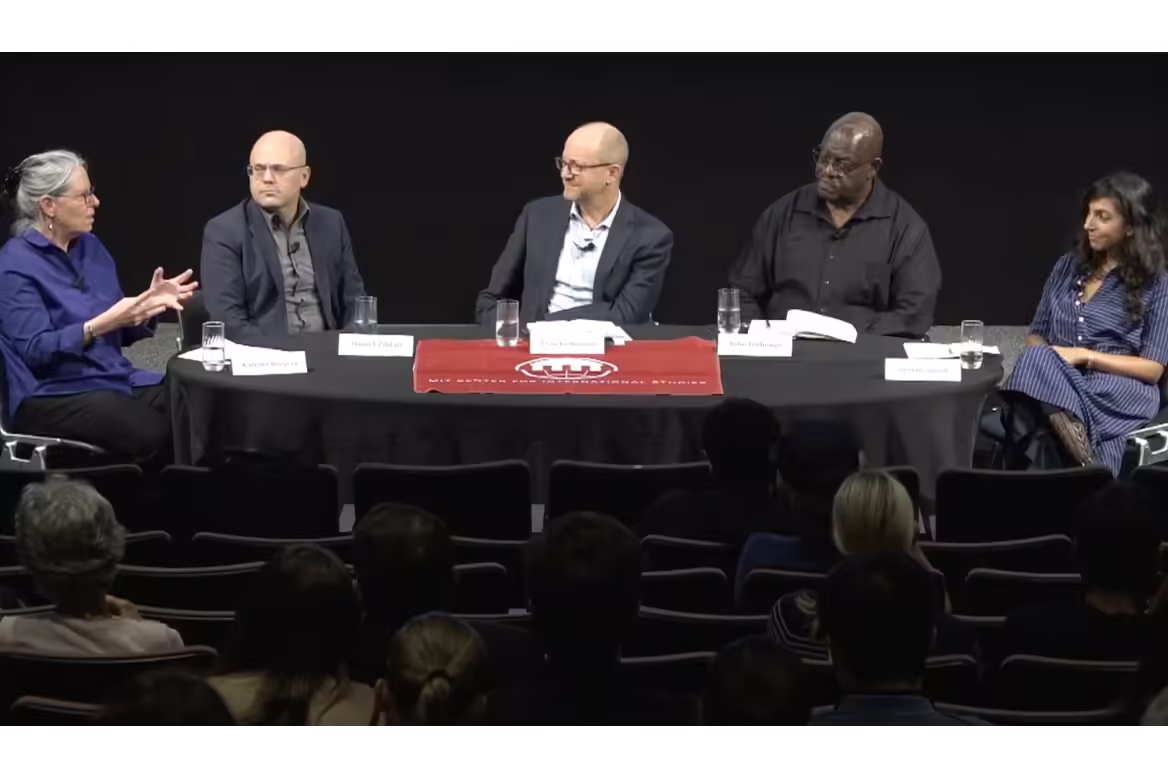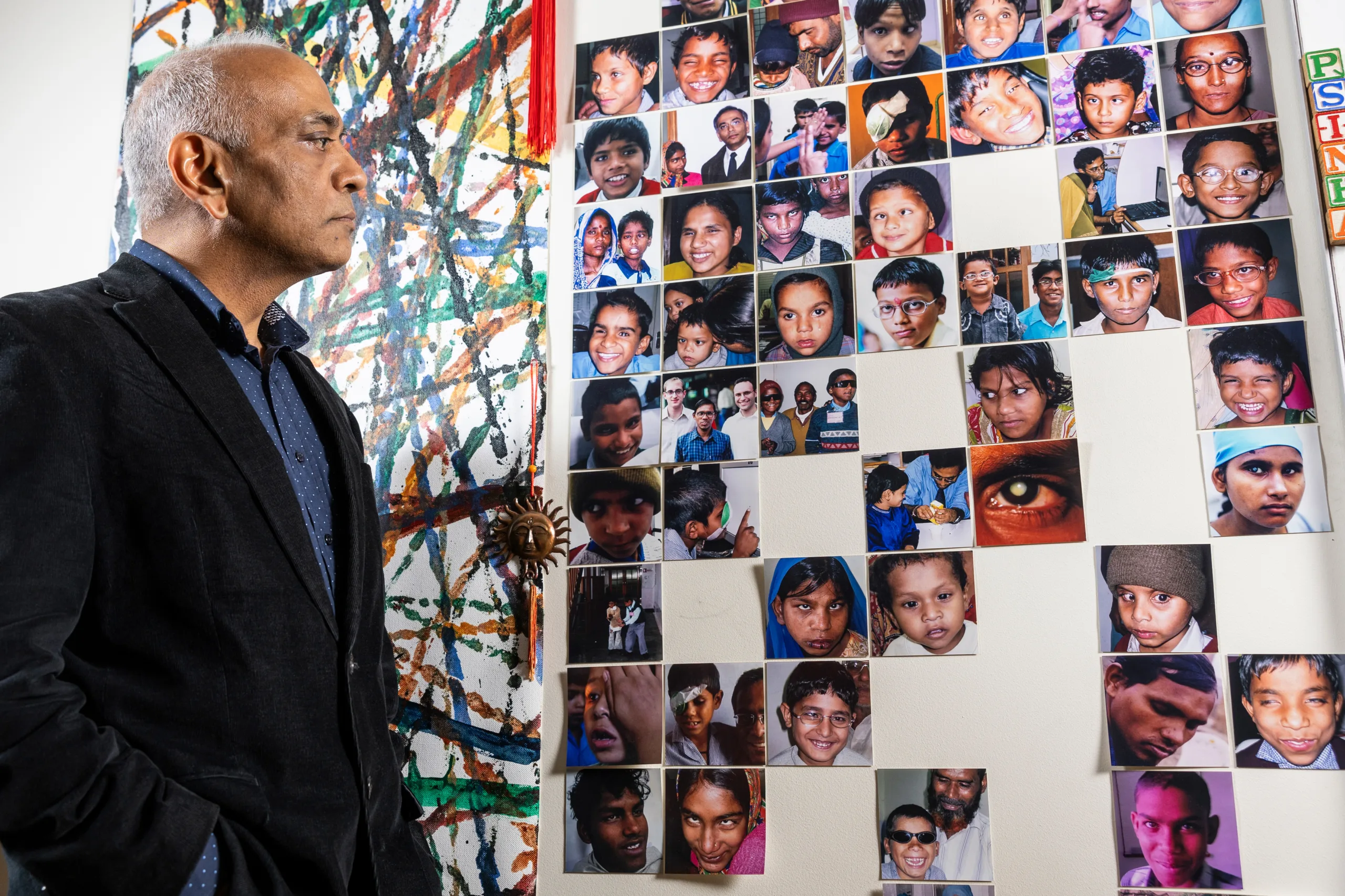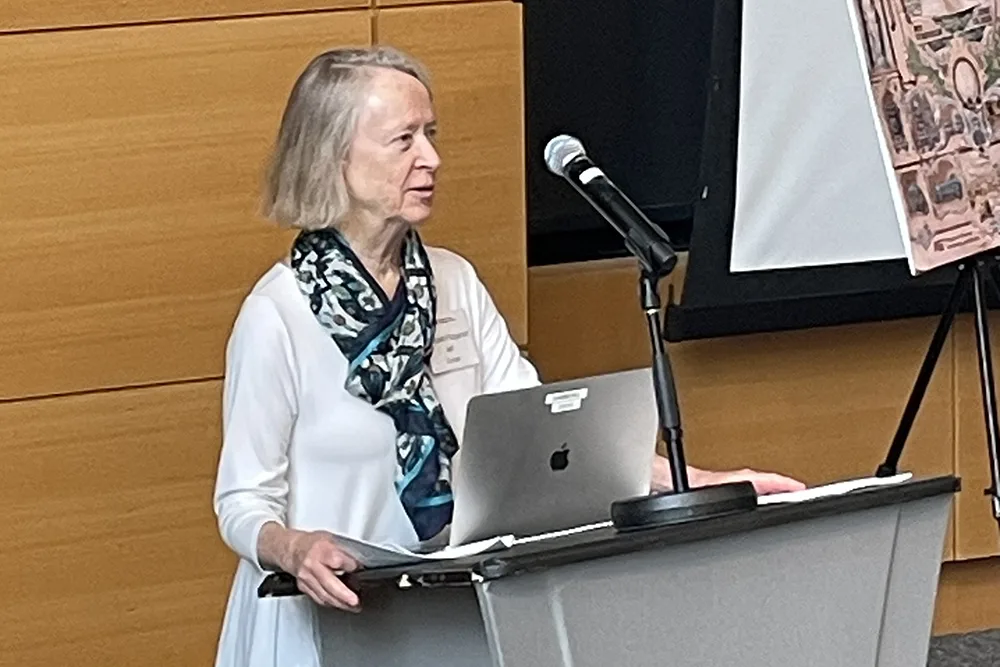A carbonized, unopened papyrus scroll from Herculaneum being digitized. Image credit: EduceLab/University of Kentucky.
By Kilian Fleischer, University of Tübingen
The Vesuvius Challenge is an unprecedented competition in the field of classical studies, with the potential to spark something akin to a second Renaissance. Its aim is to use artificial intelligence (AI) to virtually unroll hundreds of sealed papyrus scrolls, revealing ancient literature unseen for 2,000 years.
When Mount Vesuvius erupted in AD 79, it buried several towns in the Gulf of Naples under massive volcanic material, including Herculaneum, located near Pompeii. In the 18th century, an exceptionally luxurious Roman villa was excavated there, near the ancient city walls and coastline. The villa’s magnificent frescoes, mosaics, busts, and statues were preserved by the ash.
This building, the Villa of the Papyri, is named after its most remarkable treasure: it housed the only surviving library from antiquity. Approximately 1,000 papyrus scrolls were not destroyed by the eruption but were carbonized and buried until their rediscovery.
The villa likely belonged to Lucius Calpurnius Piso Caesoninus, a Roman consul and Julius Caesar’s father-in-law. He was the patron of the Epicurean philosopher Philodemus of Gadara (110-30 BC), who is thought to have lived in the villa.
Before settling in Italy, Philodemus studied in Athens at the Epicurean philosophical center. Its founder, Epicurus, proclaimed that the world was composed of atoms and considered pleasure, friendship, and atheism essential for a happy life.
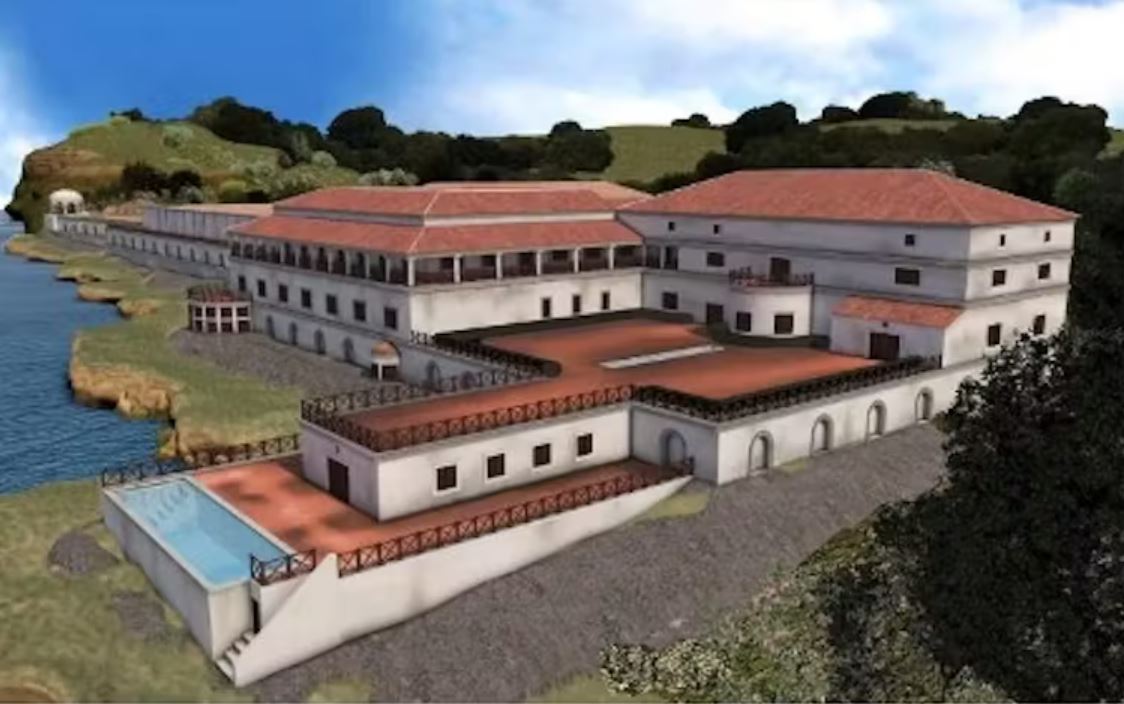 A reconstruction of the Villa of the Papyri. Image credit: University of Kentucky/Museo Archeologico Virtuale/Ercolano.
A reconstruction of the Villa of the Papyri. Image credit: University of Kentucky/Museo Archeologico Virtuale/Ercolano.
The original Greek texts of the Epicureans were lost at the end of antiquity, but a poetic Latin version of Epicurus’ philosophical views survived. It dealt with ethics and particularly physics and was titled On the Nature of Things.
Since their discovery, several attempts have been made to mechanically unroll these fragile papyri, with modest success. Many manuscripts were almost entirely destroyed, while others were severely damaged and are now very fragmentary. Parts of more than 300 scrolls stored in Naples are still awaiting unrolling.
What does all this have to do with AI? The project for non-invasive reading of the Herculaneum papyri was first implemented by Brent Seales, a computer scientist at the University of Kentucky, in 2007. He worked on the problem for about 15 years. While he succeeded with other scrolls, the Herculaneum papyri proved very delicate.
Seales recognized that the key to distinguishing carbon-based ink from the carbonized papyrus background was AI. Early experiments confirmed his hypothesis that AI could help recover the elusive ink from CT scans, but significant challenges remained in unlocking the scrolls’ secrets.
Silicon Valley entrepreneur Nat Friedman discovered Seales’ work and suggested creating an open-source AI challenge to accelerate progress. Several prizes, including one worth $1 million (771,835 GBP), were promised to individuals or teams who could finally decipher the scrolls.
 An Epicurean ethical treatise, likely by Philodemus, discovered through the competition. Image credit: Vesuvius Challenge.
An Epicurean ethical treatise, likely by Philodemus, discovered through the competition. Image credit: Vesuvius Challenge.
Since March 2023, over 1,000 teams have registered for this competition. In October 2023, the first letters and lines of Greek text were detected, and in February 2024, the first cash prize winners—machine learning students Youssef Nader, Luke Farritor, and Julian Schilliger—were announced. Their AI model spectacularly revealed parts of 15 columns from the innermost part of one scroll. It was a text on ethics, likely written by Philodemus.
How the Scroll Was Read
This « virtual unrolling » technique begins by scanning the carbonized spiral in a particle accelerator at very high resolution. Then, the scroll’s complex structure is analyzed and virtually flattened—but no text is visible yet. At this stage, the team trains AI models to detect ink on the papyrus based on distinct patterns isolated by visual inspection.
The winning images can be considered definitive proof of concept: it is possible to virtually unroll the Herculaneum scrolls. Although several technical difficulties remain, many of the other unopened scrolls should be virtually unrolled in the near future.
This breakthrough has facilitated funding for the second phase of the Vesuvius Challenge, with donors including Elon Musk’s charity, the Musk Foundation. The next goal is to digitize more scrolls and accelerate and standardize the virtual unrolling process.
It is highly likely that dozens of new ancient Greek and Latin texts will emerge in the coming years. We can extrapolate the types of texts expected from those already mechanically unrolled. Since the Greek library was a special Epicurean library, most of the emerging works should cover topics such as ethics, mathematics, music, and the history of philosophy.
Some Stoic literature may appear—and Epicurean texts often contain long quotations from other philosophers or authors, as well as previously unknown historical information.
But the greatest surprises may come from the Latin papyri. We can reasonably hope for historical and poetic Latin works from the late Republican and early Roman Empire periods.
It is also possible that virtual unrolling will lead to new excavations at the Villa of the Papyri (phase four of the Vesuvius Challenge). Many researchers believe that another Greek and Latin library—with all its lost masterpieces—has yet to be discovered.
![]()
Kilian Fleischer, project leader at DFG/lecturer in classical studies, University of Tübingen
This article is republished from The Conversation under a Creative Commons license. Read the original article.
The Conversation is an independent source of news and views, sourced from the academic and research community and delivered directly to the public.
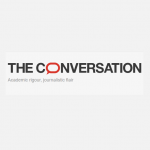
The Conversation is an independent source of news and views, sourced from the academic and research community and delivered directly to the public.

